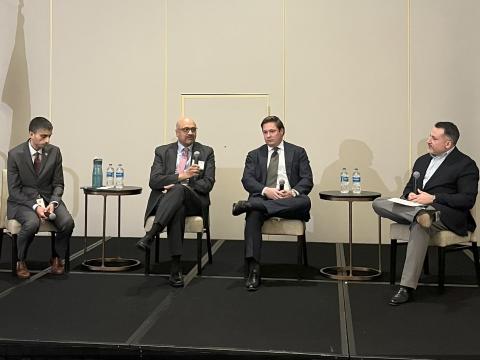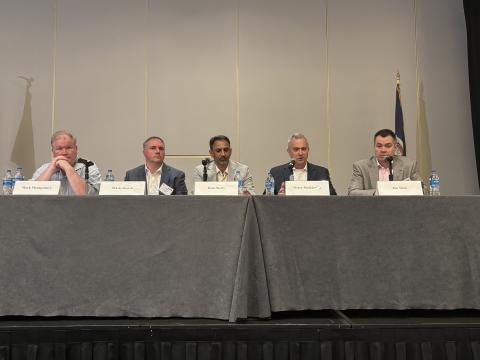Chief Information Officers Envision Technologies' Effects
During the past two years, SIGNAL Magazine has asked military command and government agency chief information officers (CIOs) to share with its readers their insights on technologies that could have the biggest impact on their organizations in the future. This column has been a forum for them to communicate—in their own words—the paths they need capabilities to travel so they will be better able to achieve their objectives.
The responses have been an interesting mix. While some CIOs wrote about capabilities that may not be available for years, others explained how technologies were on the verge of helping troops today. Still others pointed out that technology’s effects on organizations depend as much on personnel, management and doctrine development as on leaps in technical progress.
Although the CIOs agreed that their organizations’ success is inextricably interwoven with technology, their responses illustrated how a capability’s value is linked to the area of responsibility and the mission at hand. CIOs of organizations with troops fighting the global war on terrorism, for example, are looking forward to advanced developments that significantly improve information security, wireless connectivity and network centricity. Affordability and quick fielding are important to these CIOs, and many services already have introduced new systems or are laying the groundwork to enhance current systems.
In the intelligence field, innovative data mining and information analysis capabilities will shape how organizations fulfill their missions in the future, they said. Improved information assurance methods, user-friendly collaborative tools and additional information-sharing assets are likely to allow intelligence professionals to be more predictive as long as they can communicate with each other securely, several CIOs noted.
Government agency CIOs also enumerated advanced information-sharing and wireless capabilities as among the decisive technologies for the future. These tools will help them communicate during crises—both manmade and natural—as well as to improve services to their own employees and their customers.
In the realm of research and development, advances in computing will help support future capabilities, CIOs anticipated. Increasing speed and reliable performance will enable them to conduct simulations and build models, facilitating the creation of a multitude of systems and applications that can have far-reaching effects throughout government organizations.
Nearly all of the two dozen CIOs touted the convergence of the scores of existing capabilities as well as those yet to come as an emerging trend that not only will affect their organizations but also will open new possibilities for exploiting technologies in the future. A few also were willing to admit that while the power to prognosticate would be priceless, the computer system that could do it with certainty has yet to be developed.




Comments